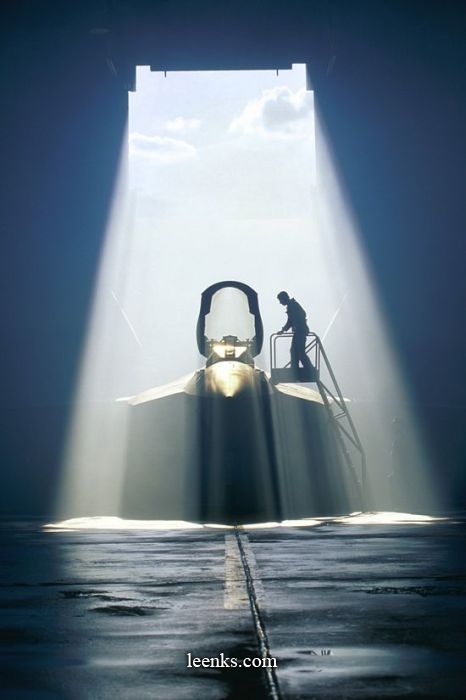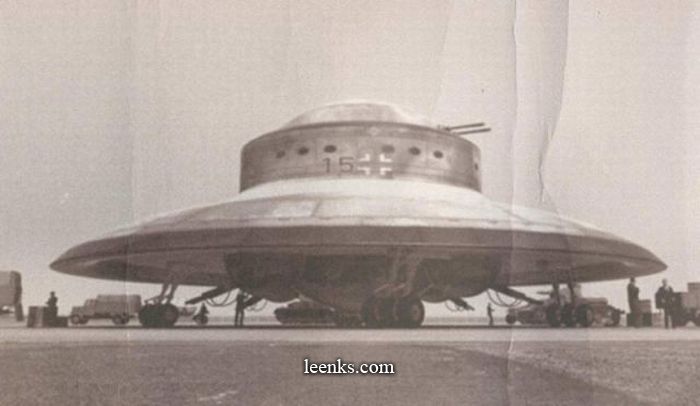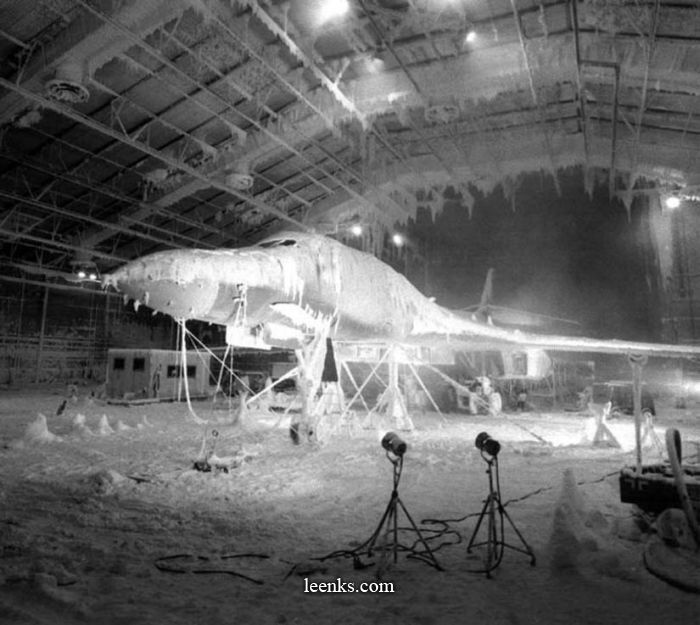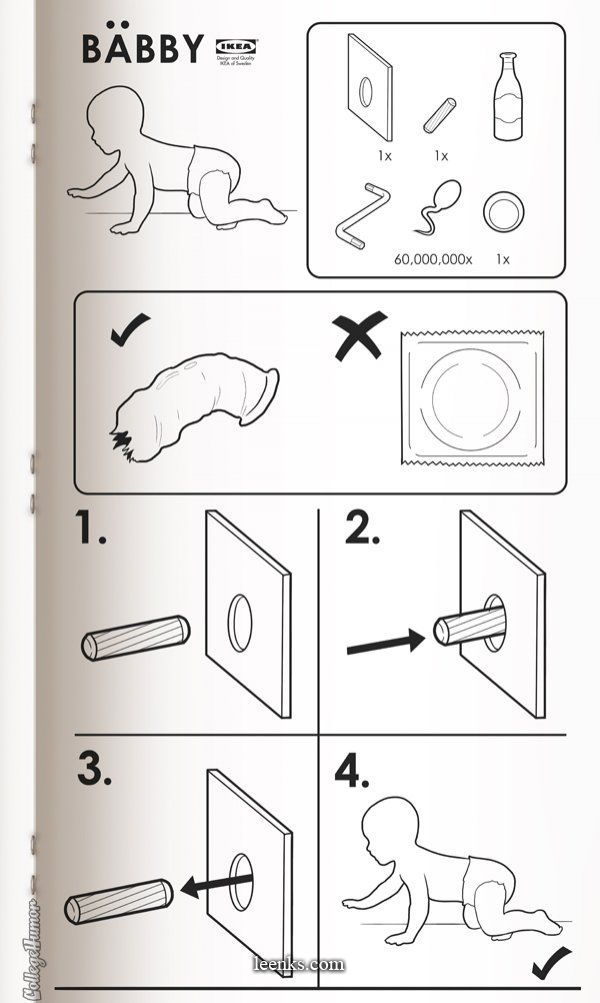Join the Hide community
Get access to live stream, lessons, the post exchange, and chat with other snipers.
Register
Download Gravity Ballistics
Get help to accurately calculate and scope your sniper rifle using real shooting data.

Install the app
How to install the app on iOS
Follow along with the video below to see how to install our site as a web app on your home screen.
Note: This feature may not be available in some browsers.
You are using an out of date browser. It may not display this or other websites correctly.
You should upgrade or use an alternative browser.
You should upgrade or use an alternative browser.
Maggie’s Motivational Pic Thread v2.0 - - New Rules - See Post #1
- Thread starter Snake-Eyes
- Start date
-
- Tags
- motivational pictures
Chinese pharmaceutical company headquarters


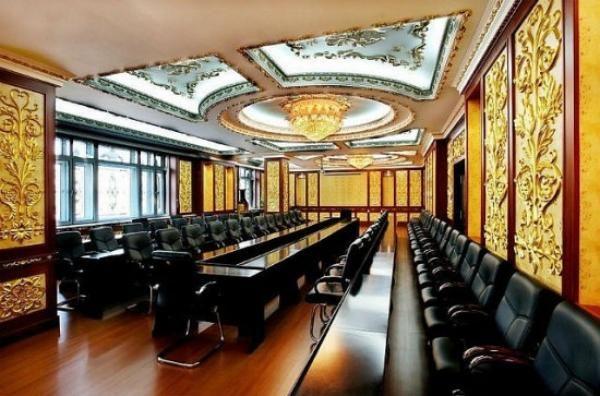

Looks like one of those thumb drive things.
Probably, that is a USAF pic from 2001.
Wasn't inside, but remember seeing the huge temp meter on the front. -50° F
Back in 17 or 18 some guy using a torch caused and explosion causing 30 million in damage, as I recall.
Wasn't inside, but remember seeing the huge temp meter on the front. -50° F
Back in 17 or 18 some guy using a torch caused and explosion causing 30 million in damage, as I recall.
I think I remember seeing that temp on the gauge about 1984, 30 mil damage, what did he do, melt down a coffee machine?
I think I remember seeing that temp on the gauge about 1984, 30 mil damage, what did he do, melt down a coffee machine?
Remodel/repairs and, I think, a refrigerant tank blew.
A contract worker using an oxy-acetylene torch caused an explosion at the McKinley Climatic Lab last July that resulted in US$30m of damage, a report by the US Air Force’s accident investigation board has found.
The incident, which occurred in the air-mixing facility next to the main laboratory on July 5, 2017, sent a plume containing methylene chloride, a potentially toxic refrigerant, into the atmosphere.
The McKinley Climatic Laboratory at the Eglin Air Force Base, Florida, is the largest controlled-environment facility in the world and has five testing chambers. The Laboratory’s main chamber is 252ft (77m) wide, 260ft (79m) long and 70ft (21m) high. The facility can simulate temperatures from -65 to 165˚F (-53 to 74˚C) and can reach -65˚F (-53˚C) in less than 24 hours.
The Climatic Laboratory is used to test aircraft and other equipment under realistic conditions before their use in extreme environments. Vehicles tested at McKinley include a C-5 Galaxy transport, the F-35 fighter, B-1 and B-2 bombers, and M1A1 tanks.
The report into the accident was published last week by the US Air Force Materiel Command Ground Accident Investigation Board. It reveals that sub-contractors were removing a corroded structural beam within Air Makeup Unit I in the air-mixing facility using an oxy-acetylene torch, next to coils of pipe containing methylene chloride, commonly called R-30.
The Air Makeup Units mix and condition the temperature and humidity of air before it is blown into the climate chambers. They use salt water as a dehumidifier and R-30 as a refrigerant.
Although stable at room temperature and pressure, R-30 can rupture or explode when exposed to heat. The resulting fire caused extensive damage to Air Makeup Unit I and an adjacent air handling unit. The fire was assessed to consume most of the approximately 4,000 gallons (15,000 liters) of refrigerant.
The incident, which occurred in the air-mixing facility next to the main laboratory on July 5, 2017, sent a plume containing methylene chloride, a potentially toxic refrigerant, into the atmosphere.
The McKinley Climatic Laboratory at the Eglin Air Force Base, Florida, is the largest controlled-environment facility in the world and has five testing chambers. The Laboratory’s main chamber is 252ft (77m) wide, 260ft (79m) long and 70ft (21m) high. The facility can simulate temperatures from -65 to 165˚F (-53 to 74˚C) and can reach -65˚F (-53˚C) in less than 24 hours.
The Climatic Laboratory is used to test aircraft and other equipment under realistic conditions before their use in extreme environments. Vehicles tested at McKinley include a C-5 Galaxy transport, the F-35 fighter, B-1 and B-2 bombers, and M1A1 tanks.
The report into the accident was published last week by the US Air Force Materiel Command Ground Accident Investigation Board. It reveals that sub-contractors were removing a corroded structural beam within Air Makeup Unit I in the air-mixing facility using an oxy-acetylene torch, next to coils of pipe containing methylene chloride, commonly called R-30.
The Air Makeup Units mix and condition the temperature and humidity of air before it is blown into the climate chambers. They use salt water as a dehumidifier and R-30 as a refrigerant.
Although stable at room temperature and pressure, R-30 can rupture or explode when exposed to heat. The resulting fire caused extensive damage to Air Makeup Unit I and an adjacent air handling unit. The fire was assessed to consume most of the approximately 4,000 gallons (15,000 liters) of refrigerant.
VP Kamala Harris asked her mom as a child: 'Why are conservatives bad?'
I’ve known Liberals of every imaginable persuasion. White Liberals, Black Liberals, Asian Liberals. I’ve met them in the Military and Law Enforcement. Blue collar, white collar no collar. Poorly educated, highly educated, I knew a liberal that worked on an offshore oil rig. Teachers, doctors, postal carriers, bartenders, auto mechanics. You name it. But there is one consistent, immutable characteristic that all liberals I have ever known possess and that is, they are all liars. Why is that?
View attachment 8091116
You know Cesar Romero refused to shave his mustache for that part......we can't say the same for the other person in the post.
Nuke that fucking thing from orbit!
At least once a year, this guy attends one of my classes.
Happened in Savannah GeorGGGIIIAAAA!
Not enough room in the casket
No, the axle pulled out of the differential. Wheels are still on tight.
It reached it's "Engineered Lifetime".No, the axle pulled out of the differential. Wheels are still on tight.
Throw away society.
Order a new one from China.
Finance it at SVB
It will be paid for by the working middle class American's.
Problem solved.
Funny and sad at the same time.It reached it's "Engineered Lifetime".
Throw away society.
Order a new one from China.
Finance it at SVB
It will be paid for by the working middle class American's.
Problem solved.
No, the axle pulled out of the differential. Wheels are still on tight.
Your guys’ autism has had a bit too much coffee this Monday morningIt reached it's "Engineered Lifetime".
Throw away society.
Order a new one from China.
Finance it at SVB
It will be paid for by the working middle class American's.
Problem solved.
In that case, call the Field Service Department and see how many months you will wait for a mechanic.Your guys’ autism has had a bit too much coffee this Monday morning
@clcustom1911 here is one that is beyond stabby, maybe harpoony, but you will have to Indian leg wrestle @Dirty D for it.


I’ll referee both wrastlin matches. The semi-final between clc and dirtyd and the final boss fight with cottage cheese tats@clcustom1911 here is one that is beyond stabby, maybe harpoony, but you will have to Indian leg wrestle @Dirty D for it.

Here's a nasty thought. Imagine being the tattoo guy that has to hold that shit still while doing the tattoo.I’ll referee both wrastlin matches. The semi-final between clc and dirtyd and the final boss fight with cottage cheese tats

I got to do that. Sitting in the cockpit at -30 for well over a hour, one engine running, and gear retracted. Boy, that sucked.
Similar threads
- Replies
- 0
- Views
- 45K
- Replies
- 64
- Views
- 22K

